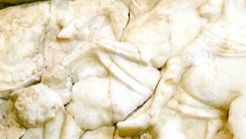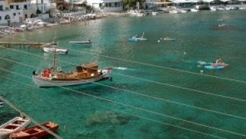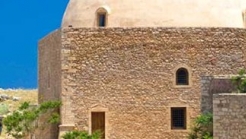

Greece
The museum was founded in 1967 and opened in September 1993. Housed in a building that exemplifies local traditional architecture and developed at two levels.
The museum was founded in 1967 and opened in September 1993. Housed in a building that exemplifies local traditional architecture and developed at two levels. Part of the building was built during the Venetian rule, and the floor was during the Turkish domination. As the residence until the end of the last century. The Community Gavalochorioy was donated by the couple George and Mary Stylianaki.
The report of the items is in accordance with the modern museum perception, with explanatory texts, photographs, drawings, mock-ups and enriched each year with new exhibits. Includes 7 rooms for the following sections: “Κamarospito”, “Silk”, “Ceramics”, “Κοpaneli”, “Petrades-Lithoksoi”, “Church, woodwork and metalwork”.
Located in the historic part of the museum’s exhibits are weapons and swords by the protracted games of Cretan for freedom, small part of painting tables and historical does, in which documents are displayed the most important events in Greek and Cretan history. Currencies Roman, Byzantine, Venetian, Turkish, Cretan State and currency of Syracuse (405-345b.c. ). Also,medals of locals residences, that gained in battlefields.


The exhibits of the museum are very important, and consist of sculptures from Livadeia and Cheronea, ceramics from prehistoric and historic locations around Cheronea, Elateia,coins and weapons from the Tomb of Macedonians and the mass graves of Thebians in Cheronea.


Home to the Cretan vendetta, Sfakia is where you will see tight lipped Cretans dressed in black.


The Fortezza (Fortezza) is the Venetian castle in Rethymno, which dominates the hill of Palaiokastrou, almost into the center of the old town. The Fortezza is visible from every corner of the city, while at the same time has panoramic views across the town of Rethymno and the west coast, hiding within the entire centuries.
1039 Ε 6061 01515 00